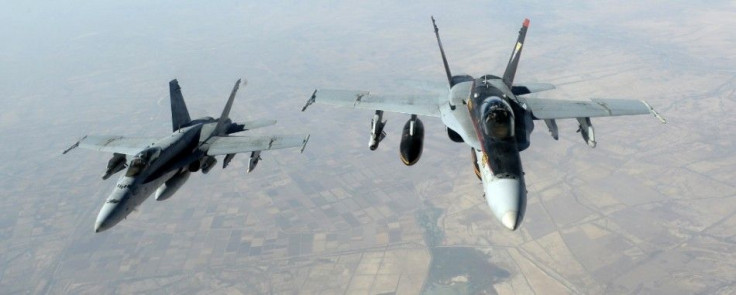New Zealand To Hold Joint Military Exercise With The United States

New Zealand and the United States will conduct a month-long joint military exercise in November. This will be to test the "deployment agility". of their forces.
According to the New Zealand Defence Force (NZDF), its army and air force will stage the "Exercise Kiwi Koru", which is a biannual exercise along with the U.S. Marine Forces Pacific and the U.S. Army Pacific at the western Taranaki province, reports New Zealand Star.
Explaining the details, Colonel Nick Gillard of the New Zealand Army said in a statement that "New Zealand has been regularly conducting training with international partners such as the U.S. and Australia." The senior Army official said "the upcoming joint exercise will be an opportunity to test what we know, how we work and how to work with international partners". The joint exercise will involve light armoured vehicles, infantry, artillery and combat services backed by medical and logistics services.
FPDA In Singapore
A report in Global Post highlighted the successful participation of New Zealand defence forces in the recently concluded annual Five Power Defence Arrangement (FPDA) drill in Singapore and Malaysia. At the FPDA, New Zealand deployed an army platoon and a naval dive team, The naval team joined the Bersama Lima (BL14) at Changi naval base from October 12 to 21. The Defence Force contingent worked alongside naval, air and ground forces from other FPDA nations such as Australia, the United Kingdom, Singapore and Malaysia in a slew of drills that culminated in a two-day humanitarian aid and disaster relief missions.
The drill, held as part of BL14 had the FPDA forces rehearsing new skills in providing timely relief to a fictional port city hit by a severe typhoon. The forces were given the mandate to restore land, sea and air access at the earliest, using the best strategy and relief efforts. During the exercise, several non-military agencies from Malaysia and Singapore also took part. It enhanced their understanding on new methodologies required for joint working in times of natural calamities.
Disaster Mitigation
FPDA places lot of attention on regional disasters. The effort is to deploy the right strategy on a priority basis to achieve better coordination among militaries and non-government agencies, according to Major Kevin Williams of New Zealand Army.
Williams, recounting his experience as the Deputy chief scenario officer for BL14, said the drill was challenging, as it demanded instant response from the NZDF and other defence forces in the aftermath of natural disasters, such as the typhoon Haiyan that hit the Philippines and killed thousands of people. "We used resources such as troops, aircraft and ships and the participants were asked to devise several courses of action n a short time. These plans were then presented to the senior officers who selected the plan that best achieved the mission and it was highlighted," Major Williams said.
The FPDA came into being in 1971 after the withdrawal of British forces from the region and left Malaysia and Singapore with gaps in their defence capabilities.






